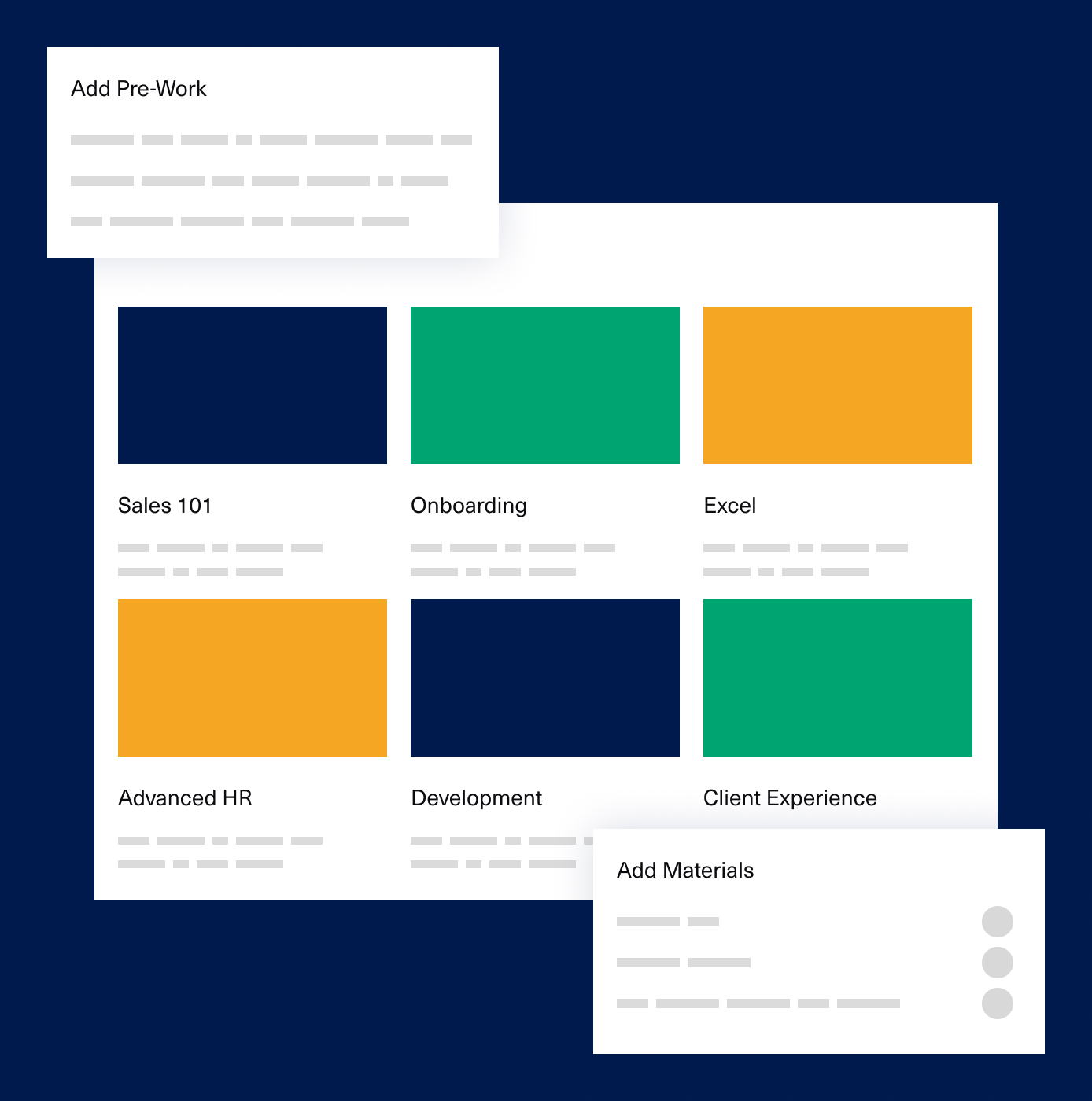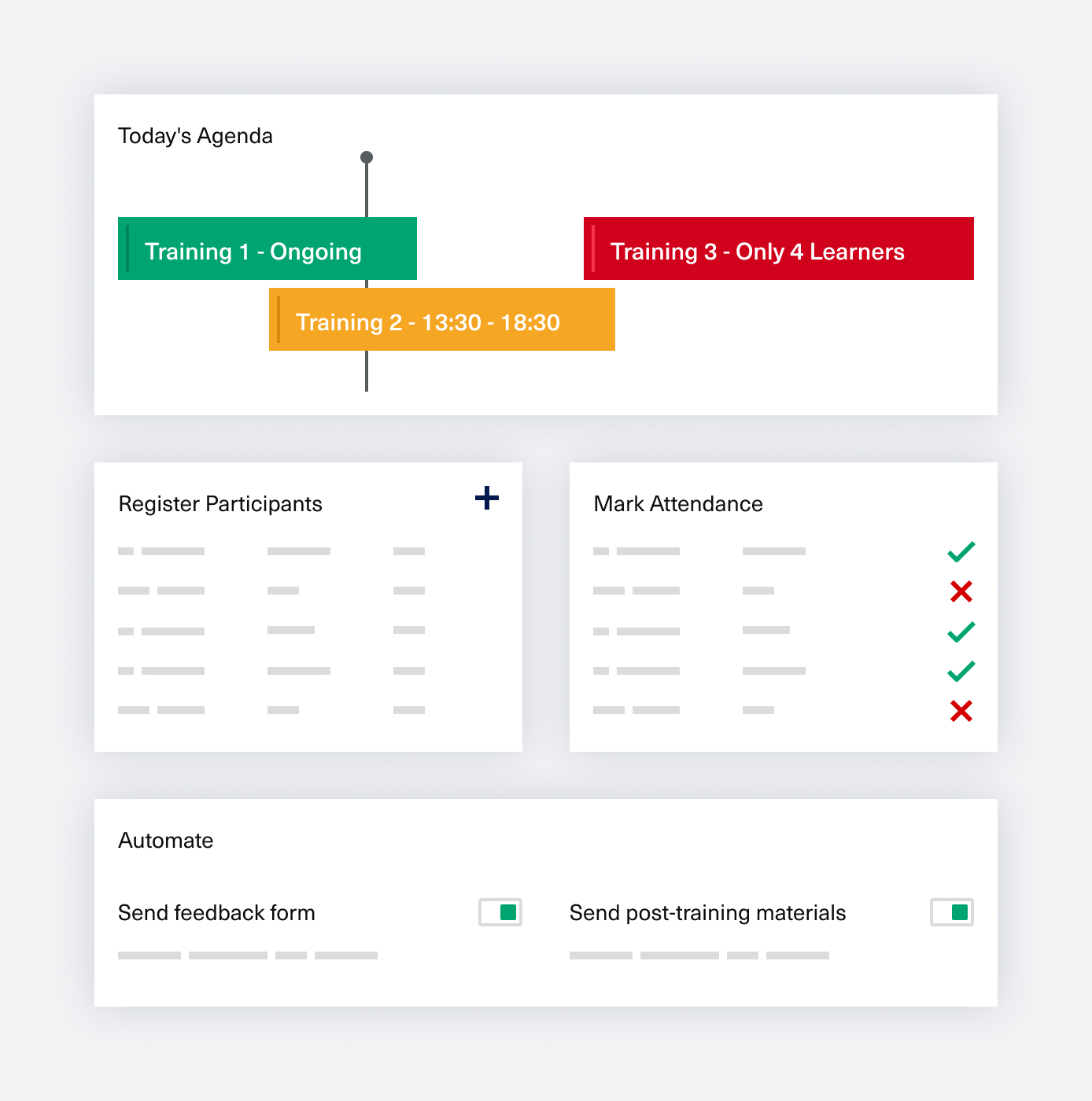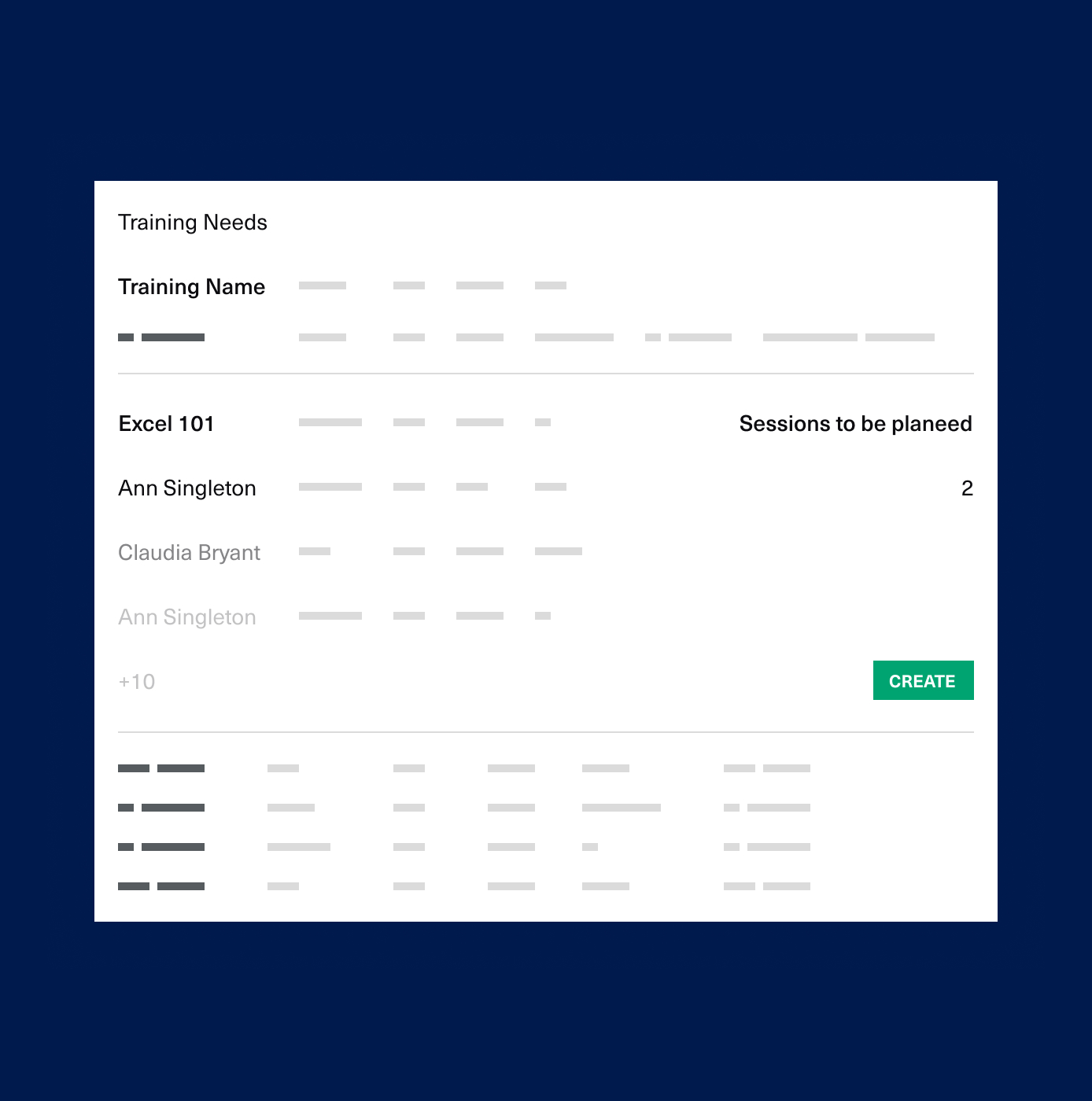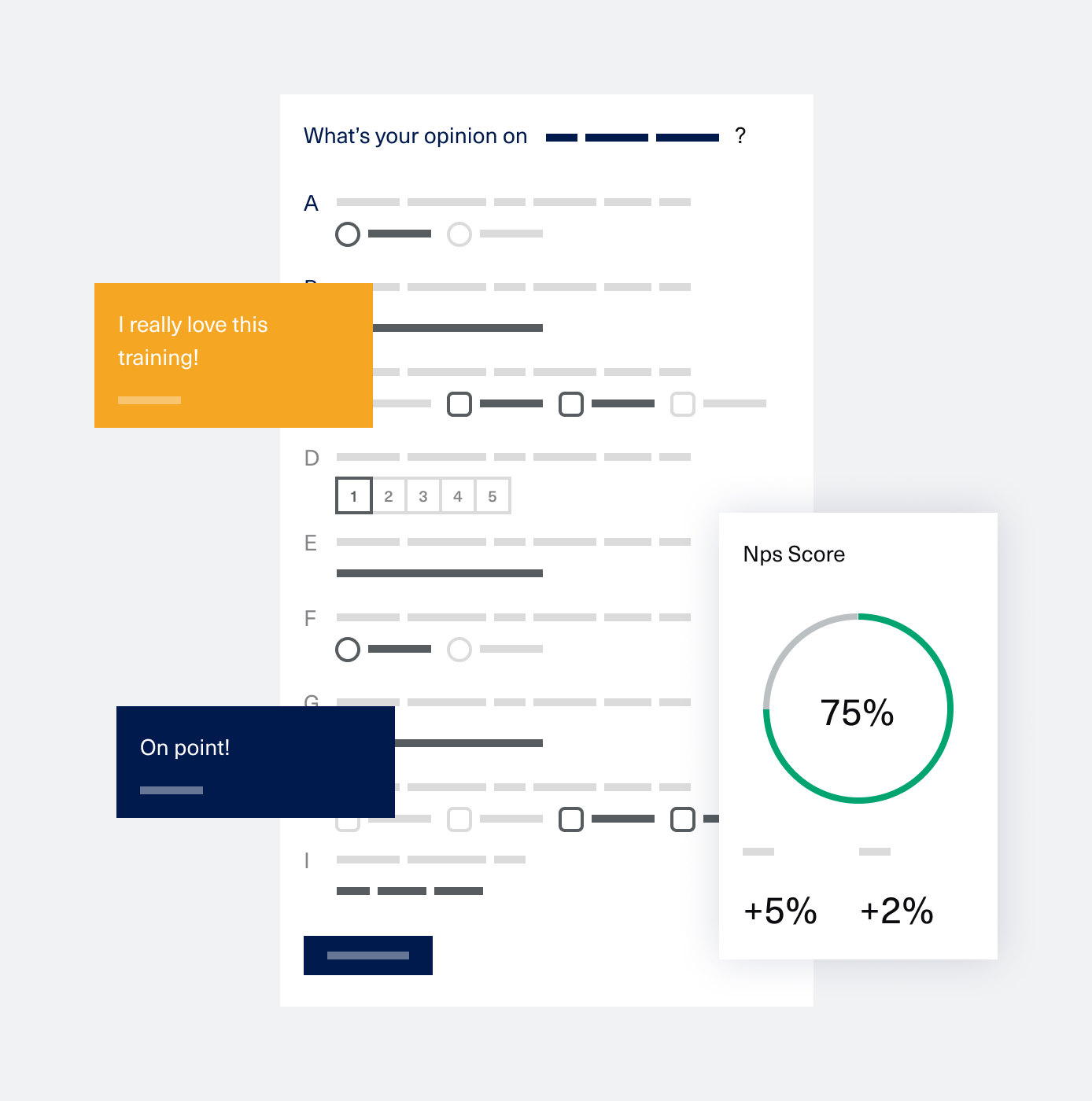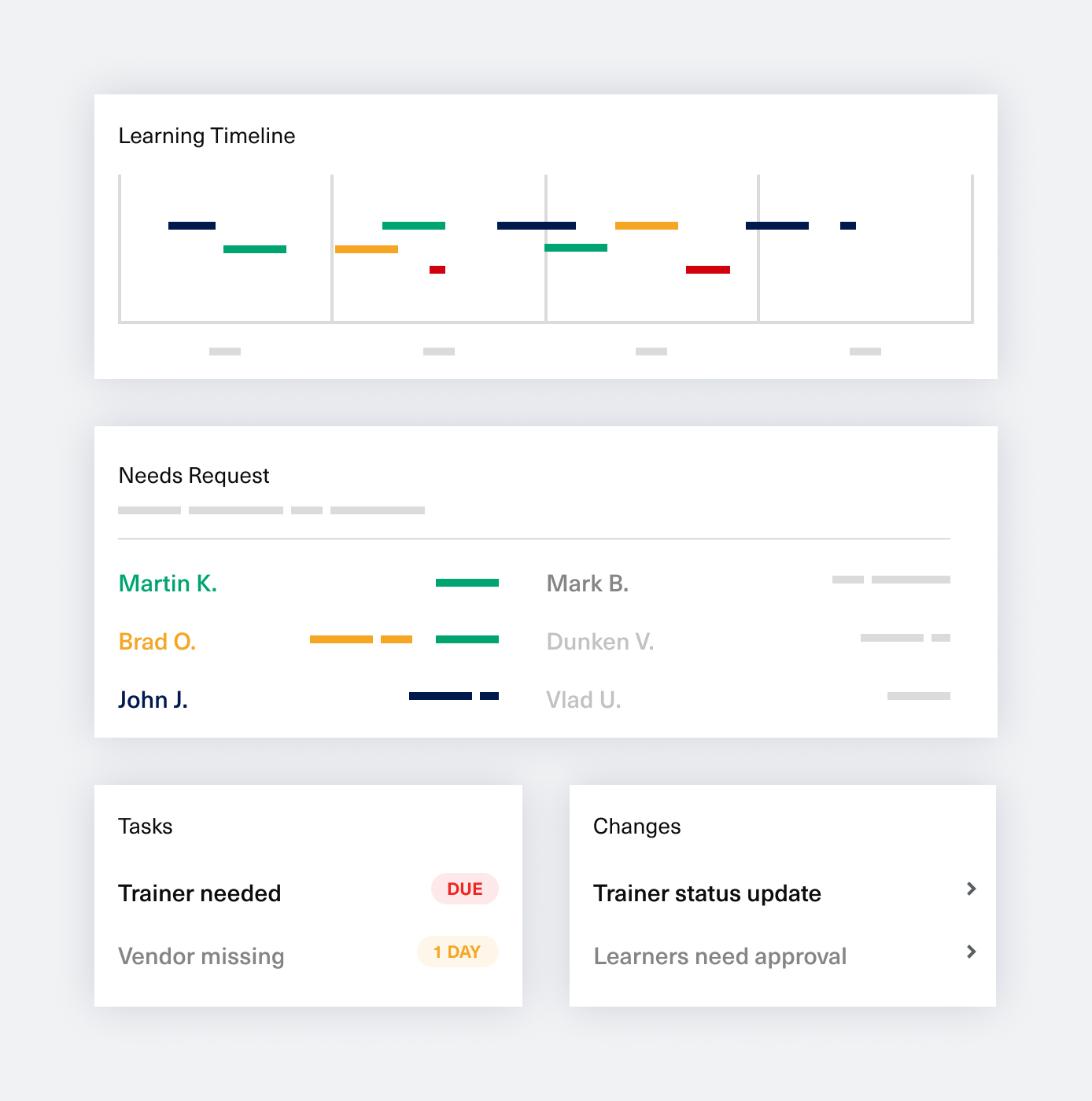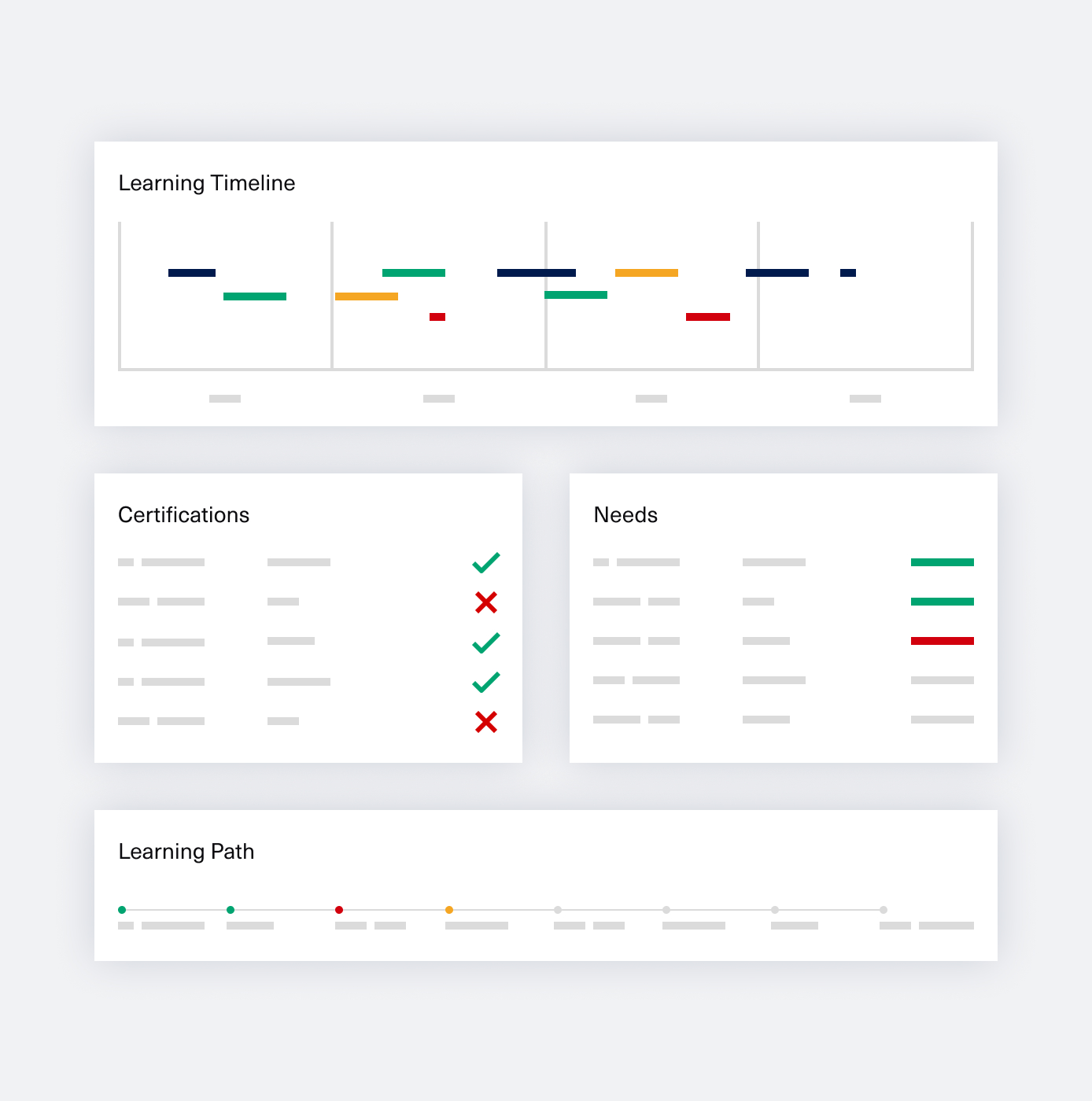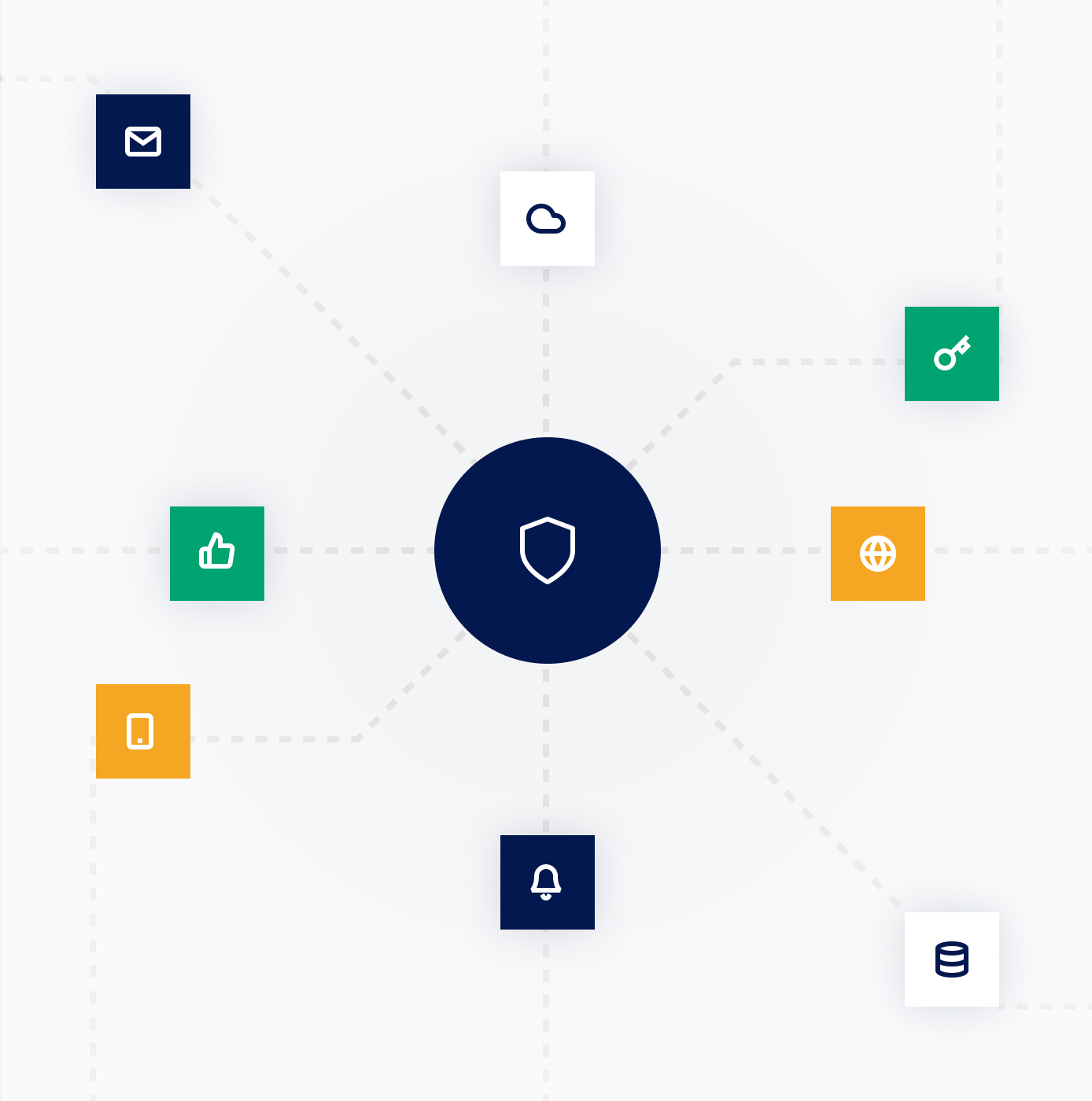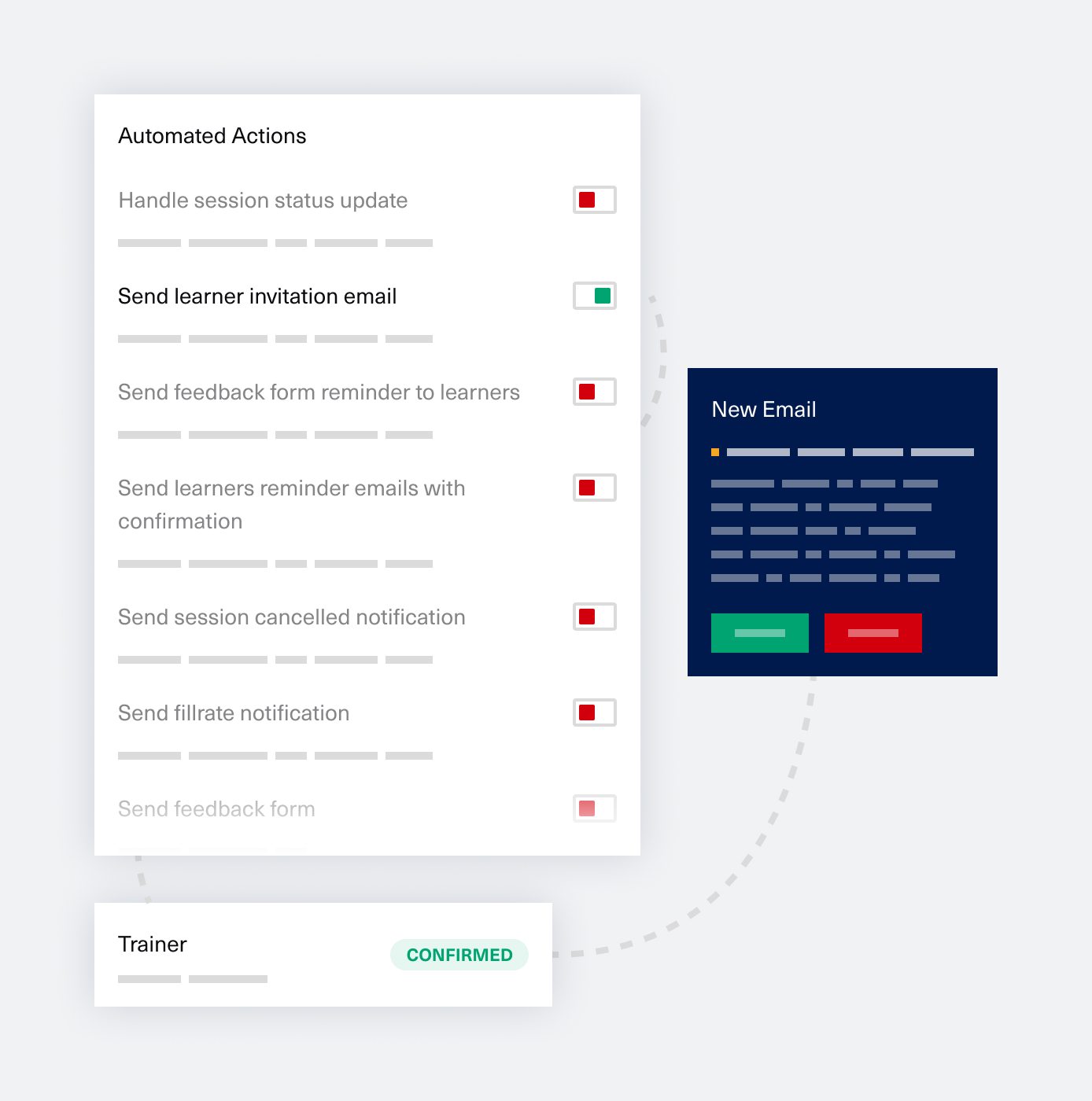Thanks to technological advancements, most information is available to us in seconds. Professionals can search nearly anything and receive instant results, which should also be the case for learning in the workplace.
According to research conducted by CEB, 57% of employees expect learning to be more “just-in-time” than it was just three years ago.
Furthermore, employees are often completing their corporate learning on top of their day-to-day role, so your organization’s learning management system (LMS) must make this process as efficient as possible – the timeliness of when learning occurs is a massive component of this. To satisfy this demand, your organization must offer just-in-time learning to deliver quality learning fast.
Just-in-Time in Corporate Learning
Just-in-time is not a new phenomenon. The concept of meeting demand instantly, whether that be the demand of products or data, is used in nearly every industry to speed up operations. The faster information is available, the more valuable it is. After all, there is significant value in time, especially in the business world.
What is relatively new, though, is the idea of applying the concept of just-in-time to corporate learning. Just-in-time learning is a response to the expedited demand of a knowledge-driven and speed-oriented market.
Professionals want to learn and develop their skill set, and they want it done fast and efficiently. With just-in-time learning, learning is provided precisely when needed, often through short videos, targeted e-learning, written job aids, and related real-world information.
This method meets employees’ desire for expedited learning while still ensuring that they are thoroughly learning and retaining information and still prioritizing time to perform their daily job functions – with improved performance.
Rather than throwing every possible training and course at employees all at once or according to a rigid, pre-defined calendar, just-in-time promotes need-related learning, which means that employees learn specific concepts or actions exactly when and how they are needed.
Training is readily available at all times through a learning management system (LMS), but learners can pick and choose when and why they want a specific course or training to be accessed. Just-in-time learning provides learners and their teams with all of the resources they might need, exactly when they need them.
Offering learning on a need-related basis means that learners are not overwhelmed by a mountain of information at one time. Instead, they can focus on critical training exactly when it is most needed and relevant. Each learning activity receives the attention and focus required to retain and understand the content.
Once training is complete, learners can get back to work with a greater sense of motivation and an enhanced skill set. In addition, should learners require more information, more content is readily available and accessible to supplement necessary tasks.
Instrumental in optimizing the corporate learning process, just-in-time learning proves to be a best practice for increasing efficiency and productivity. We’ll go into more detail about exactly why just-in-time learning is essential and how it can benefit your organization.
Benefits of Just-In-Time Learning
Just-In-Time Learning (JIT) is a highly effective learning method, providing visible, measurable results. There are five significant benefits that you will experience should you implement just-in-time learning.
Real-Time Performance Support
One of the primary goals of the JIT method, especially in learning, is to provide real-time performance support. Learning should improve a professional’s performance in roles that they are already fulfilling, so JIT aims to help employees perform their job optimally while solving challenges on the spot. This is done by providing quick access to tips, tricks, and solutions strictly when needed, right at the point of action.
Increased Productivity
With JIT learning, up-to-date and comprehensive information is available on-demand, allowing team members to access necessary information instantly. This enables them to continue working with the help of quick and easy access to the knowledge they need.
As a result, without constant pauses to search for answers or troubleshoot, employees can be much more productive in their roles.
Improved Accuracy
In addition to this, JIT improves accuracy. Since team members will be able to cross-check facts, review checklists, and receive tips quickly, they can perform their tasks more accurately at a faster pace.
Offering information in bite-sized chunks is crucial in saving time and increasing productivity. No longer will employees have to search for information or sort through files; the information they need is available where and when they need it.
Faster Learning
Just-in-time learning also speeds up the learning process as a whole. Because JIT focuses on need-based learning, there is more of a sense of urgency associated with it. People learn better and faster when circumstances compel them to learn.
With JIT learning, employees are searching for information that they need to complete a project in progress. With the incentive to require specific information, there is more focus on learning the information quickly.
Greater Relevance
In traditional corporate learning environments, employees receive a lengthy list of courses to complete as soon as they are hired or according to pre-defined schedules. However, they may not use much of that information again for months after accessing it the first time.
As a result, employees forget the content, and learning can feel tedious and unnecessary. With just-in-time learning, the training is crucial to completing a pressing task, so employees see the value in going through the content at that current time.
Professionals want to understand the relevance of their learning. Expanding your education and skill set is always beneficial, but people like to know exactly how it will apply to their daily work to see its value. Just-in-time learning embodies this relevance, as employees learn pertinent information and immediately put it to good use. Because the value of JIT is so apparent, it creates more engaged employees.
Better Engagement
We all crave instant gratification, it’s only human nature, and JIT provides this by engaging employees in their own development. Learners will be able to clearly identify a gap in their knowledge, and by using their LMS equipped with just-in-time capabilities, they can fill that gap immediately.
This naturally instills confidence and excitement in employees, showing them the value of learning and development within their roles. In turn, they will want to continue learning, thus becoming more skilled and knowledgeable team members for your organization.
Just-in-time learning addresses the demands of the modern workplace and the needs of a rising millennial workforce. For learning to be efficient in the workplace, employees need to want to learn – and most do! Just-in-time learning makes the learning process fast, convenient, and relevant, allowing employees to see the direct impact of their learning on their day-to-day work.
In implementing JIT, your team members will become more productive and engaged, generating better and more accurate results. A company that understands the value and impact of an effective learning approach will continue to grow and thrive, and companies can achieve that through a just-in-time enabling LMS.

